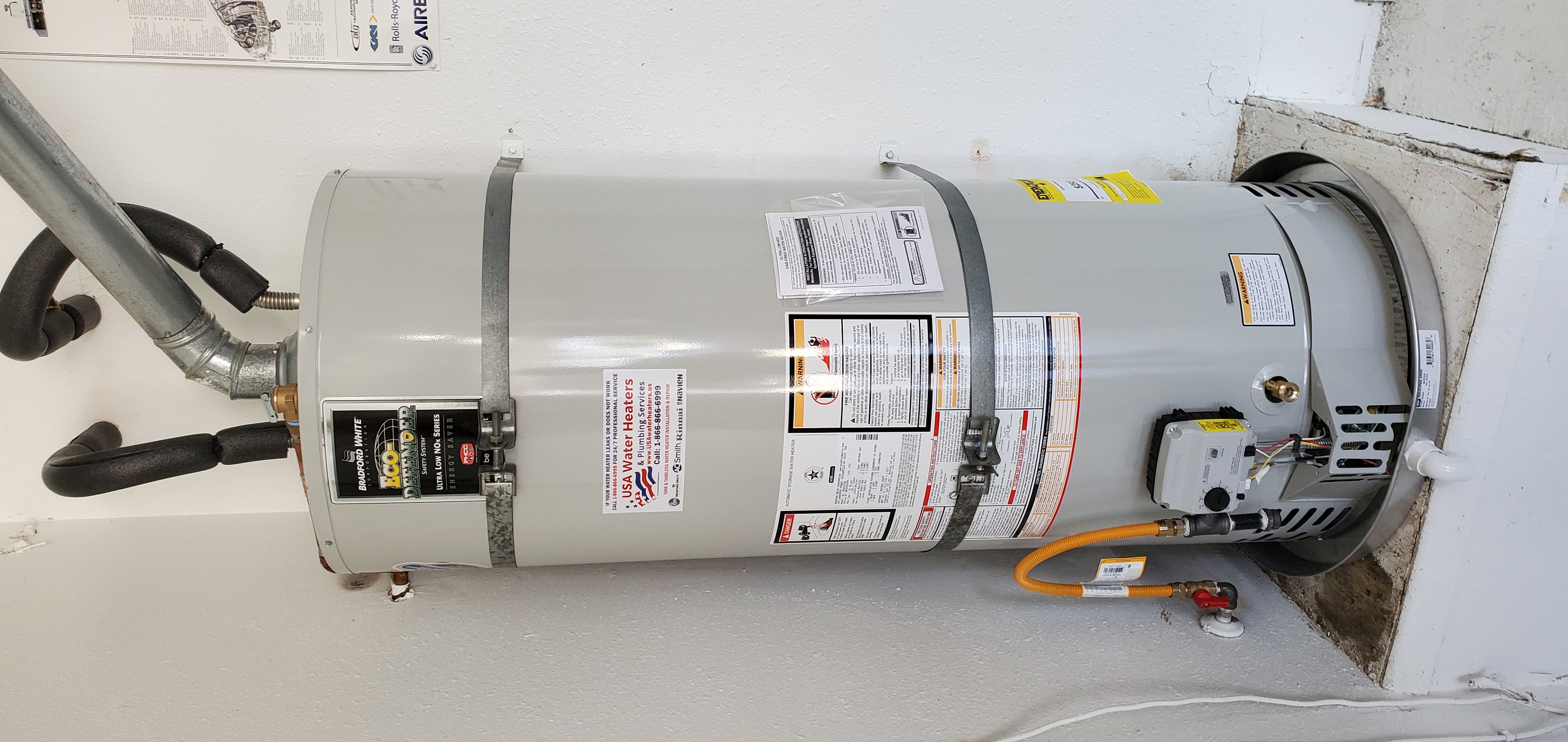DIY Water Heater Installation: Necessary Steps for Success
When taking into consideration a DIY water heating system installation, it is vital to approach the job with a systematic state of mind, as the procedure entails numerous essential steps that can considerably impact both security and effectiveness. Choosing the ideal water heating unit for your details needs is just the start; preparing the installation area and recognizing the required tools and materials are just as essential.
Picking the Right Water Heater
When selecting a water heater, it is vital to take into consideration numerous essential factors to ensure ideal efficiency and performance - water heater installation Brea. Review the kind of water heating unit that best matches your demands. Choices consist of tankless, storage container, and heat pump water heating systems, each offering distinct advantages in terms of power performance and area demands
A bigger household might call for an unit with a greater gallon capability or a tankless system that can provide continual warm water. Each energy type has implications for setup prices and long-term power expenses.
Power effectiveness is an additional vital factor. Look for systems with a high Energy Variable (EF) rating, as these models consume less energy and can significantly lower utility expenses. In addition, look for warranties and brand reliability, as these can indicate the longevity and maintenance requirements of the device. By meticulously evaluating these factors, you can choose a hot water heater that aligns with your household's particular demands, guaranteeing comfort and performance for many years ahead.
Devices and Products Needed
Effectively mounting a hot water heater requires not only the right choice of system however likewise the suitable devices and products. Before embarking on your do it yourself task, guarantee you have a thorough listing of things to promote a smooth installation process.
Essential tools include a pipeline wrench, adjustable pliers, and a screwdriver collection (both flathead and Phillips), which will aid you manage numerous fittings and links. Additionally, a drill with suitable bits is necessary for installing braces or making any type of needed holes. For safety, a voltage tester is crucial, particularly when managing electric hot water heater.
You will certainly likewise require a versatile water supply line, which can be either knotted stainless steel or PVC, depending on your preferences and local codes. By gathering these materials and tools beforehand, you set the phase for a successful water heater installation.
Preparing for Setup
Prior to starting the setup of your hot water heater, it is important to evaluate the setup site to ensure it fulfills all essential requirements. Beginning by validating that the area is well-ventilated, particularly for gas hot water heater, to stop the build-up of damaging gases. Look for the availability of essential connections, consisting of water lines and electric outlets, ensuring they remain in great problem and appropriately located.

In addition, check the existing pipes and electrical systems to determine if upgrades or fixings are required before installment. This proactive strategy not only makes certain compliance with neighborhood building codes however additionally improves the durability and performance of the water heating unit. Collect all required licenses, if necessary, to prevent lawful difficulties later. Appropriate prep work establishes the stage for a smooth setup procedure and helps stop unanticipated issues.
Step-by-Step Installment Refine
With the prep work total and all needed evaluations performed, the following stage entails the detailed setup of your water heating system. For tank-type water heaters, connect the cool water supply line to the inlet, generally marked in blue, and the hot water line to the outlet, normally designated in red.
Next, secure the temperature and pressure safety valve, which is important website here for security. Attach the discharge pipe to this valve, directing it towards the flooring or an appropriate water drainage location. For electrical models, connect the power supply by stripping the cords and protecting them to the heating unit's terminals according to the producer's instructions.
If important link you are installing a gas hot water heater, guarantee the gas line is attached appropriately and check for leakages using a soap solution. After all links are made, fill the storage tank with water prior to switching on the power or gas supply. Permit the water heating system to reach the preferred temperature level and check for any kind of leakages around all links.
Ensuring Safety And Security and Effectiveness
On a regular basis making certain security and efficiency during the setup and operation of your hot water heater is critical for optimal performance and longevity. Begin by choosing an appropriate place that adheres to neighborhood building regulations and provides sufficient ventilation. Guarantee that the area is complimentary from combustible products and has adequate area for upkeep and assessments.

After setup, conduct normal examine the device to detect leaks, corrosion, or unusual noises. Set the thermostat to a risk-free temperature level, generally around 120 ° F, to stop hot and boost next power effectiveness. Shield pipelines to reduce heat loss, which contributes to reduce energy costs.
Final Thought
In final thought, effective DIY water heater installment hinges on cautious planning and implementation. Choosing the ideal water heating unit, preparing the setup area, and adhering to an organized installation procedure are critical steps.
When thinking about a DIY water heating system setup, it is vital to approach the job with a methodical way of thinking, as the process includes several essential actions that can significantly affect both safety and security and efficiency.Before starting the installment of your water heating unit, it is critical to evaluate the setup website to guarantee it meets all required demands. For tank-type water heaters, link the chilly water supply line to the inlet, generally marked in blue, and the hot water line to the electrical outlet, typically marked in red.Consistently ensuring security and effectiveness throughout the setup and operation of your water heater is essential for ideal performance and durability. Choosing the proper water heating system, preparing the installment area, and adhering to a systematic installation procedure are crucial steps.